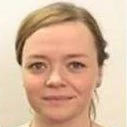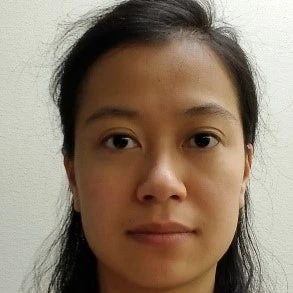 A business woman looks out the window at the city. Source: Champ008/Shutterstock
A business woman looks out the window at the city. Source: Champ008/Shutterstock
What proportion of global traders are women? Where are they located? In what industries do they work?
These may seem like straightforward questions. But they are extremely difficult to answer: relatively little is known about female cross-border traders or the obstacles they face at the firm level. No country, not even those known as gender-equality champions, can easily confirm how many women participate in cross-border trade. Without this knowledge, women traders are, in essence, invisible.
The absence of gender-disaggregated data makes it hard to help these traders. Designing interventions that are inclusive—benefiting women as well as men—is difficult without strong data on the gender of those who participate actively in cross-border trade. Without this knowledge and that of the exact challenges faced by both genders, it is also hard to tell how much of the economy any intervention would impact.
The World Bank Group is using creative research techniques to fill some of these data gaps. A new research initiative aims to define the universe of women traders in select countries and shed light on the specific challenges they face. Starting in East Asia and the Pacific, the World Bank Group obtained lists from government entities on all active traders at the firm level in 2018. The team then pursued several avenues to identify the universe of active, women-owned cross-border firms:
- Use the name of the listed owner of each respective firm: If a female name is listed, the firm is tagged as a women-led or managed firm. This approach proved to be imperfect because many countries have a large number of names that can be used for both men and women.
- Contact each firm on the active traders list to confirm the ownership: This task proved to be more manageable in the smaller Pacific countries, like Vanuatu, which had just under 3,000 active trading firms. In East Asia, it proved more difficult. In Vietnam, it would involve contacting over 75,000 firms, rendering this approach too time-consuming.
- Check with local and regional entities, like chambers of commerce, business associations and women’s networks, who keep membership lists that contain women traders. Even banks and civil society organizations in some countries have these lists—but the lists are often neither complete nor up-to-date. Individually, they may cover only a fraction of women cross-border traders in any given country. And most lists do not distinguish between women firms operating only domestically and those trading across borders.
- Work with Customs to produce data on women traders by merging its own trader data with that of the country’s tax systems: In Fiji, this approach worked well, and the Revenue and Customs Service identified a total of 484 women-owned businesses (out of 4,700 firms). However, this approach can only be replicated where Customs can and is willing to connect their data with other government entities, and requires significant manual labor to connect the systems, pull the information, and clean up the data.
We found that identifying women among cross-border traders is a daunting task because no single entity (public or private) within any country appears to have a complete database of firms that trade across borders that can be filtered by the gender of the firm’s owner or top manager. In an ideal world, customs data-management systems (such as the Automated System for Customs Data, or ASYCUDA) would contain information on the gender of each trader—and a quick query would provide data on female cross-border traders. Unfortunately, today’s customs systems are not designed to capture this information.
The World Bank Group is working with individual countries to ensure that national trade policies address the specific challenges of female traders. But there is also a need for the global community to ensure that such traders are accounted for in the data that is collected. This is especially important as countries work to comply with international trade agreements, such as the WTO’s Trade Facilitation Agreement (TFA), and seek ways to expedite trade to promote economic development.
The TFA uniquely recognizes that developing and least developed countries are at varying degrees of development and consequently require flexibility in terms of implementation of the agreement. But it does not mention women or marginalized groups involved in trade. Implementation of the TFA, however, still provides each country an opportunity to consider the specific needs of female traders, and tailor interventions accordingly if these needs are known.
If we can’t quantify the number of cross-border traders who are women, and we don’t know their needs or their contributions to the global economy, we can’t easily track progress. The data that is being collected by the World Bank Group in East Asia and the Pacific will enable the design of future trade facilitation initiatives that will better address the needs of women traders.
The work referred to in this blog is funded by the Trade Facilitation Support Program that is administered by the World Bank Group. This program supports 47 countries worldwide in their efforts to align border processes and procedures with the World Trade Organization’s Trade Facilitation Agreement, and is funded by nine donor partners: Australia, Canada, the European Union, the Netherlands, Norway, Switzerland, Sweden, the United Kingdom and the United States.



Join the Conversation